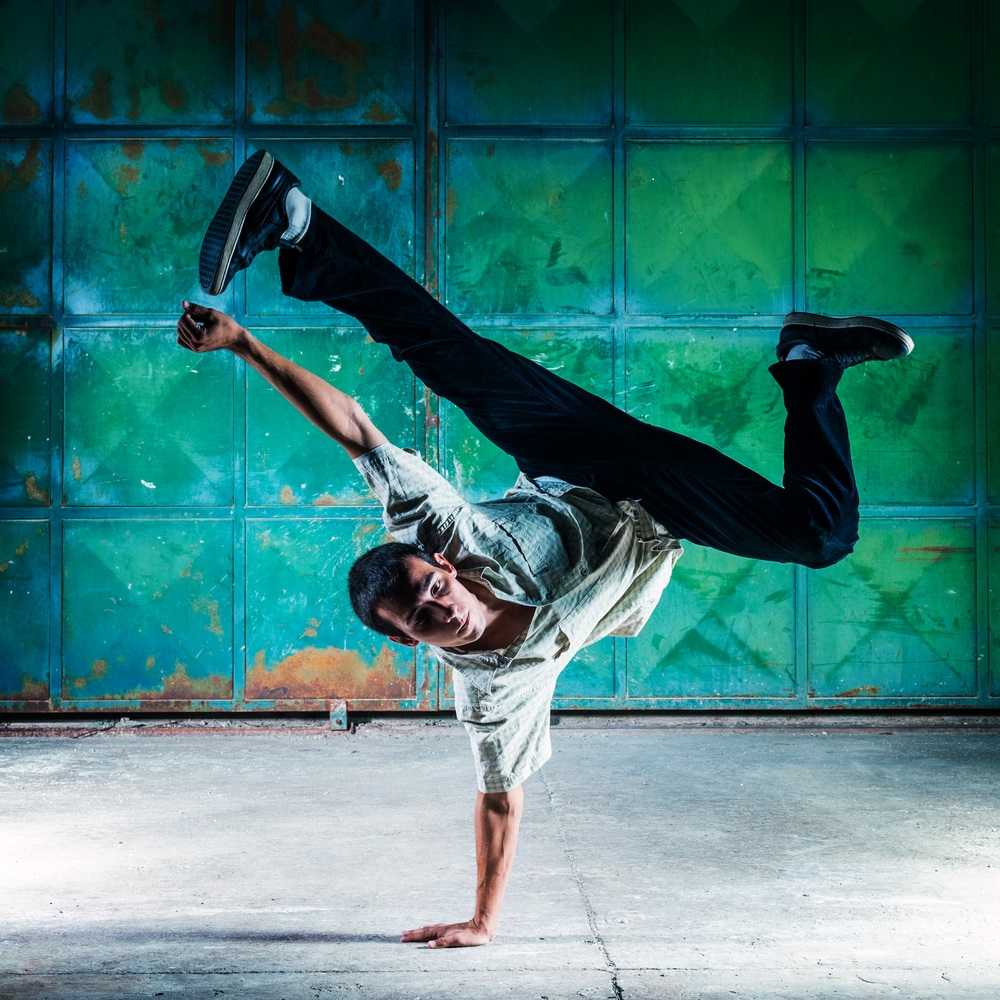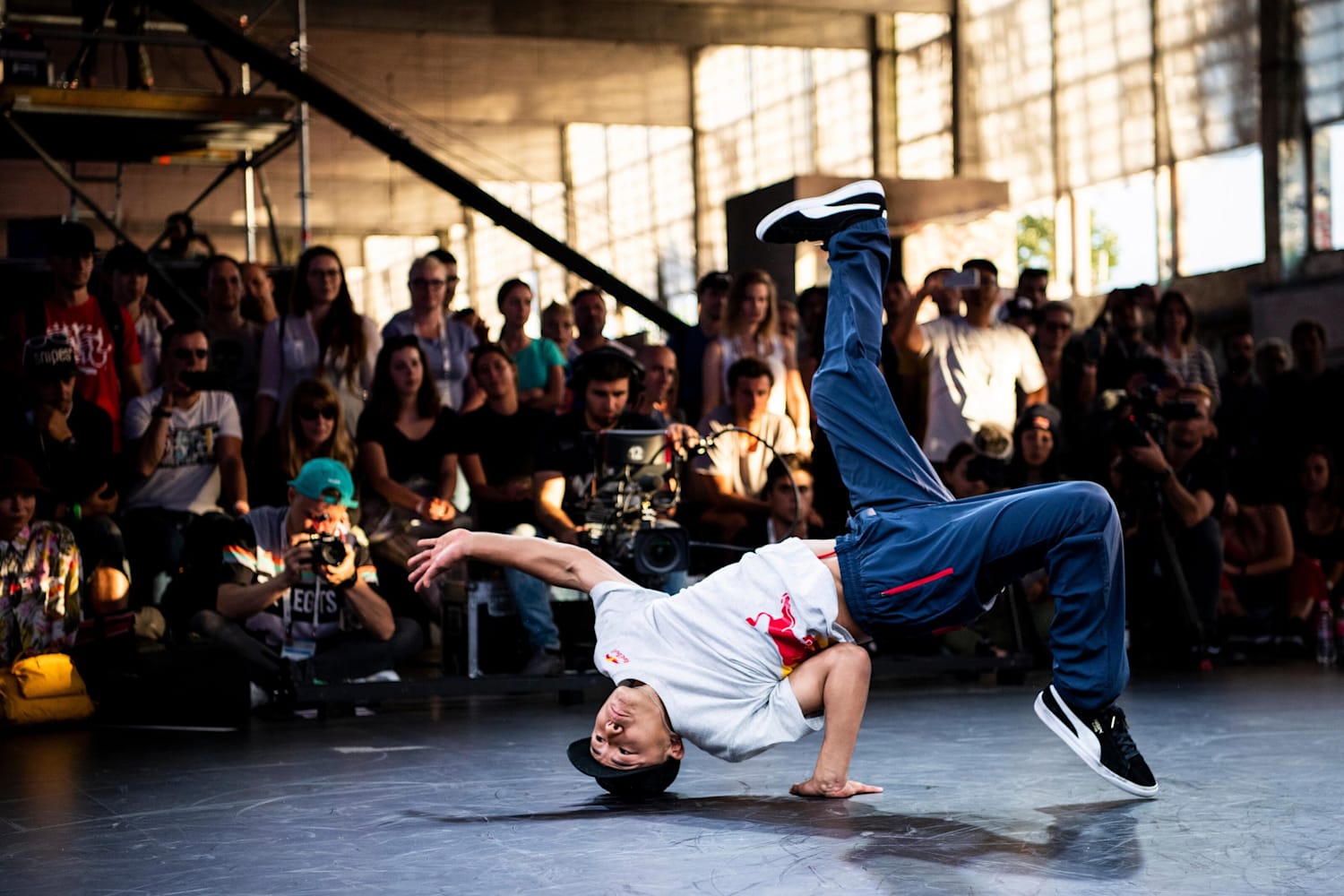History and Origins of Breakdancing

Breakdancing, a dynamic and expressive dance form, emerged from the vibrant streets of the South Bronx in New York City during the 1970s. Its roots are deeply intertwined with the social and cultural landscape of the time, reflecting the resilience, creativity, and spirit of a community grappling with challenges.
The Birth of Breakdancing in the Bronx
The origins of breakdancing can be traced back to the early 1970s, a period marked by social and economic upheaval in the Bronx. The rise of hip-hop culture, characterized by its unique blend of music, art, and dance, provided a powerful outlet for young people to express themselves and cope with the realities of their surroundings. Breakdancing emerged as a central component of this cultural movement, gaining popularity among youth who sought a means to express their individuality and connect with their peers.
Styles and Techniques of Breakdancing

Breakdancing, a vibrant and dynamic dance form, is characterized by a diverse range of styles and techniques, each with its own unique characteristics and aesthetic appeal. These styles, collectively known as “breaking,” encompass a spectrum of movements, from the rhythmic footwork of “Down Rock” to the gravity-defying acrobatics of “Power Moves.”
Top Rock
Top Rock, the foundational element of breakdancing, involves a series of rhythmic steps and movements performed on the spot. This style is often used as an introduction to a breakdancing routine or to transition between different sections. It is characterized by its versatility, allowing dancers to showcase their creativity and individuality through a variety of footwork patterns, arm movements, and body isolations.
Down Rock
Down Rock, also known as “Footwork,” is a dynamic and intricate style that focuses on intricate foot patterns and movements performed on the ground. It involves rapid transitions between various foot positions, creating a mesmerizing display of agility and precision. Down Rock techniques include “the six-step,” “the turtle,” and “the swipe,” each requiring a high level of coordination and balance.
Power Moves
Power Moves are the most visually striking and acrobatic elements of breakdancing, involving complex, gravity-defying maneuvers. These moves require significant strength, flexibility, and control, often culminating in spectacular freezes. Common Power Moves include:
- The Windmill: This move involves spinning on one hand while keeping the other hand and feet in contact with the ground. The Windmill requires exceptional upper body strength and core stability.
- The Headspin: This move involves spinning on the head while maintaining balance with the arms and legs. The Headspin requires a strong neck and a high level of coordination.
- The Flare: This move involves spinning on one hand while extending the other arm and leg outward, creating a dynamic and visually appealing pose. The Flare requires a high level of flexibility and control.
Freeze
Freeze, a captivating aspect of breakdancing, involves holding a static, yet visually impressive pose, often at the culmination of a Power Move. These freezes showcase the dancer’s strength, flexibility, and artistic expression. Popular Freeze positions include the “chair freeze,” “the handstand freeze,” and the “backwards freeze,” each requiring a high level of balance and control.
Comparison of Styles and Techniques
| Style/Technique | Description | Unique Characteristics |
|—|—|—|
| Top Rock | Rhythmic steps and movements performed on the spot. | Versatility, creativity, individuality. |
| Down Rock | Intricate foot patterns and movements performed on the ground. | Agility, precision, coordination. |
| Power Moves | Complex, gravity-defying maneuvers. | Strength, flexibility, control. |
| Freeze | Holding a static, visually impressive pose. | Balance, control, artistic expression. |
Breakdancing Culture and Community: Break Dancing
Breakdancing is not just a dance style; it is a vibrant culture with a rich history, a strong sense of community, and a powerful voice. The art of breakdancing has transcended its origins as a street dance, evolving into a global phenomenon that continues to inspire, challenge, and unite people from all walks of life. This section delves into the heart of breakdancing culture, exploring the elements that bind its practitioners together and the ways in which it has shaped a unique and impactful social landscape.
The Importance of Music, DJing, and MCing
The rhythmic pulse of breakdancing is driven by music, and the role of DJs and MCs in this culture is integral. Breakdancing is inextricably linked to the sounds of hip-hop, funk, and soul, and the music provides the foundation for the dance’s dynamic movements and intricate footwork. DJs play a crucial role in selecting and mixing tracks that energize the dancers, creating a sonic environment that inspires creativity and pushes the boundaries of physical expression.
MCs, or masters of ceremonies, are the vibrant voices of the breakdancing community. They act as the energy conductors, hype men, and storytellers of the dance scene. Their role is to build excitement, introduce dancers, and connect with the audience, fostering a sense of unity and shared experience.
- DJs create the sonic landscape, shaping the atmosphere and influencing the dancers’ improvisations. They act as the musical architects of breakdancing events, blending different genres and tempos to enhance the energy and flow of the dance.
- MCs are the vibrant voices that bring the breakdancing culture to life. They are the storytellers, hype men, and connectors, building excitement and fostering a sense of community among dancers and spectators alike.
The Role of Competitions, Battles, and Crews
Breakdancing competitions and battles are not just about showcasing skills; they are platforms for expression, connection, and community building. These events provide opportunities for dancers to challenge themselves, push their creative boundaries, and connect with others who share their passion.
- Competitions provide a structured platform for dancers to showcase their skills, learn from each other, and receive feedback from judges and peers.
- Battles are more spontaneous and improvisational, allowing dancers to engage in a freestyle exchange, pushing their limits and demonstrating their creativity in real-time.
- Crews are groups of dancers who train together, share ideas, and support each other’s growth. They provide a sense of belonging and a space for dancers to develop their skills and explore their artistic vision.
Breakdancing as a Force for Social Change, Break dancing
Breakdancing has often served as a powerful tool for expressing creativity, challenging societal norms, and promoting social change. From its origins in the streets of New York City, breakdancing has emerged as a voice for marginalized communities, a platform for self-expression, and a catalyst for social awareness.
“Breakdancing is more than just a dance; it’s a way of life, a culture, and a powerful force for social change.” – [Name of Breakdancer]
- Creative Expression: Breakdancing provides a space for individuals to express their unique identities, challenging societal expectations and promoting individuality.
- Challenging Norms: The rebellious spirit of breakdancing has often been used to challenge traditional notions of dance, gender roles, and social hierarchies.
- Promoting Social Change: Breakdancing has been used to raise awareness about social issues, inspire activism, and promote positive social change.
Break dancing, a vibrant expression of urban culture, thrives on the raw energy and agility of its performers. It’s a dance form that requires a unique blend of strength, flexibility, and creativity, much like the demanding discipline of sport climbing.
In fact, the sport climbing combined olympics indian team demonstrates the same commitment to pushing boundaries and achieving peak performance, just as break dancers strive for innovative moves and gravity-defying feats. Break dancing, like sport climbing, is a testament to the human spirit’s capacity for pushing limits and expressing itself through physical prowess.
Break dancing, a raw and energetic art form, thrives on the spirit of rebellion and the pursuit of impossible feats. The same fire that fuels a break dancer’s relentless pursuit of perfection burns brightly in the soul of Justin Simmons , the bassist for the legendary rock band KISS, whose thunderous bass lines echoed the defiant spirit of a generation.
Like break dancing, Simmons’ music pushed boundaries, challenging conventions and captivating audiences with its raw power and electrifying energy.
